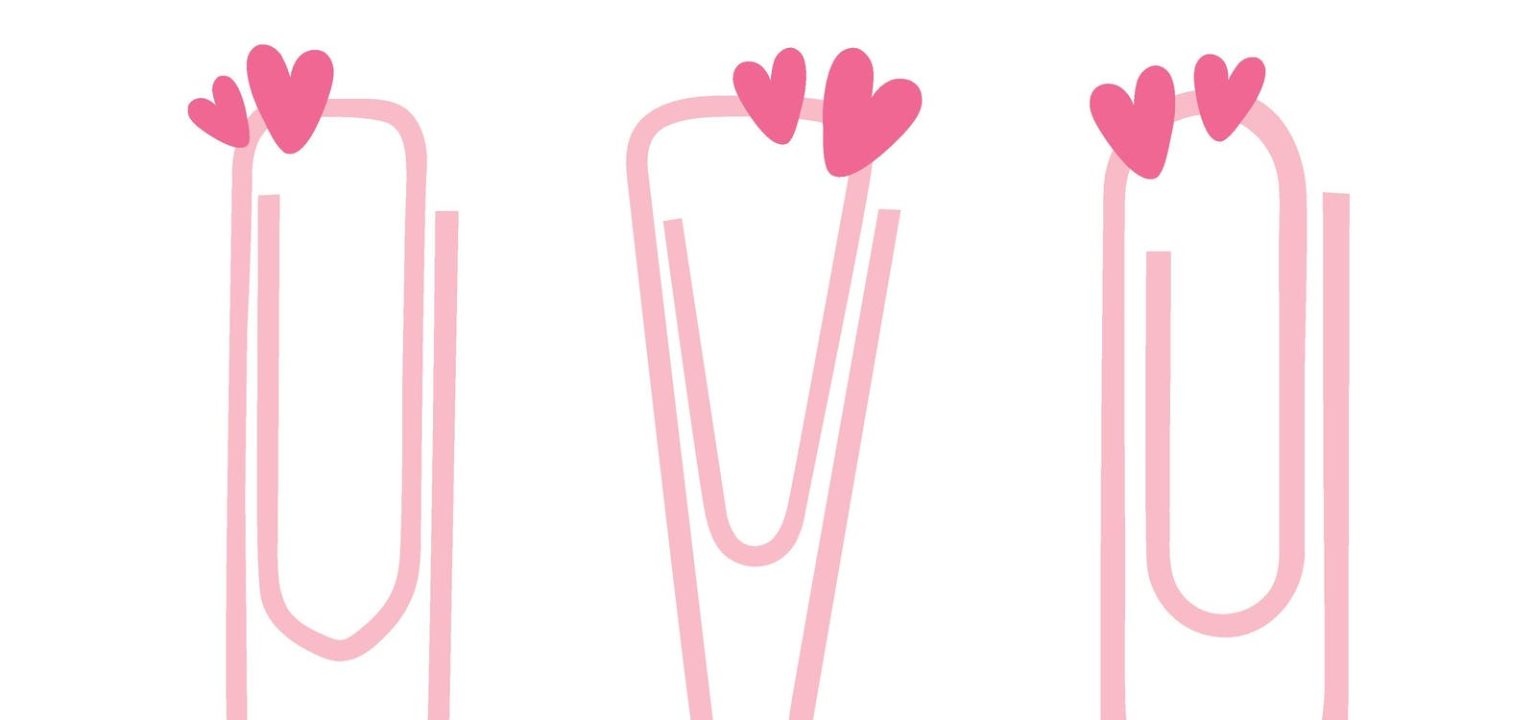The modern dating trend of “paper clipping” involves sporadically reappearing in someone’s life without any intention of pursuing a meaningful connection. This behavior can be emotionally confusing and disruptive for the person on the receiving end, as it often leads to intermittent contact and superficial conversation. Over time, these interactions become impossible to trust, as they rarely lead to any real progress in the relationship.
Research has identified three main reasons why people engage in paper clipping. One reason is a fear of intimacy, where individuals use this behavior to maintain emotional distance and avoid committing to a serious relationship. Another reason is a strong need for validation, where paper clipping serves as a source of attention and control in the relationship. Lastly, a lack of self-awareness can also drive individuals to engage in paper clipping due to uncertainty about their feelings and intentions.
Attachments styles, such as anxious, avoidant, and anxious-avoidant, play a key role in understanding why individuals engage in paper clipping. These styles can influence how individuals crave intimacy, fear rejection, and struggle with emotional investment in relationships. Furthermore, individuals with unstable self-esteem or a lack of self-awareness may also use paper clipping as a way to reassure themselves of their worth or avoid facing their own emotions and needs.
Just as users eventually grew frustrated with Microsoft’s virtual assistant, Clippy, individuals in the dating world are growing tired of being paper clipped. The key to more successful relationships lies in cutting out paper clippers and prioritizing meaningful connections, effort, and consistency from romantic partners. By understanding the motivations behind paper clipping behavior, individuals can work towards building healthier and more fulfilling relationships.


